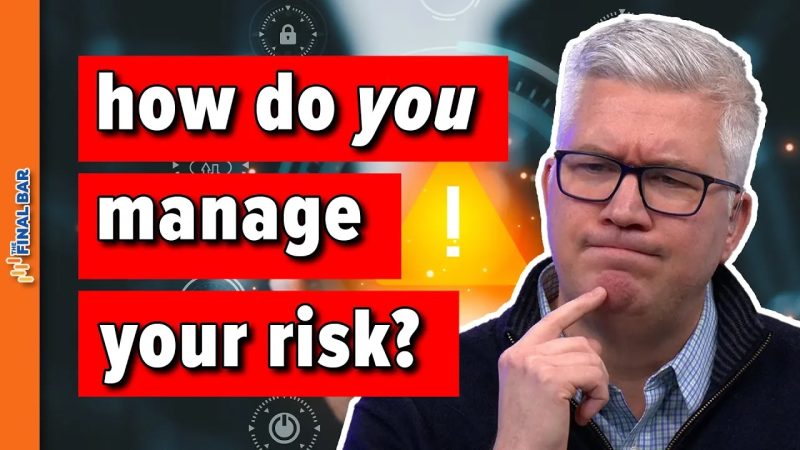Managing Risk Using Technical Analysis
Understanding and managing risk is an essential aspect of successful trading in financial markets. By utilizing technical analysis, traders can make informed decisions that minimize potential losses and maximize profits. This article will delve into how technical analysis can be a powerful tool in managing risk effectively.
1. Identifying Trends and Patterns:
One of the fundamental principles of technical analysis is to identify trends in the price movements of assets. By analyzing historical data and chart patterns, traders can pinpoint the direction in which an asset is likely to move. This helps in determining entry and exit points for trades, thus minimizing the risk of losses.
2. Setting Stop-loss Orders:
Stop-loss orders are a crucial risk management tool used by traders to limit potential losses. By setting a predetermined price at which a position will be automatically closed, traders can protect themselves from significant downturns in the market. Technical analysis helps in determining appropriate levels for setting stop-loss orders based on support and resistance levels.
3. Utilizing Risk-reward Ratios:
Technical analysis can aid traders in assessing the potential risk and reward of a trade. By analyzing the distance between entry points and stop-loss orders compared to potential profit targets, traders can determine whether a trade is worth taking. Implementing favorable risk-reward ratios can increase the probability of successful trades and overall profitability.
4. Monitoring Volatility:
Volatility refers to the degree of variation in the price of an asset. Technical indicators such as the Average True Range (ATR) can help traders gauge market volatility and adjust their risk management strategies accordingly. During periods of high volatility, traders may opt to widen stop-loss orders to account for larger price fluctuations and reduce the risk of premature exits from trades.
5. Diversifying Portfolios:
Technical analysis can assist traders in diversifying their portfolios to spread risk across different assets and markets. By analyzing correlations between assets and identifying opportunities in various markets, traders can mitigate the impact of adverse price movements on their overall portfolio. Diversification is a key risk management strategy recommended by seasoned traders and analysts.
6. Staying Informed and Adapting:
Risk management using technical analysis is not a one-time process but a continuous effort. Traders must stay informed about market developments, economic indicators, and geopolitical events that could impact asset prices. By adapting to changing market conditions and adjusting risk management strategies accordingly, traders can protect their capital and optimize their trading performance.
In conclusion, technical analysis is a powerful tool for managing risk in financial trading. By identifying trends, setting stop-loss orders, utilizing risk-reward ratios, monitoring volatility, diversifying portfolios, and staying informed, traders can navigate volatile markets with confidence and discipline. Incorporating these risk management techniques into trading strategies can enhance profitability and safeguard against significant losses.
